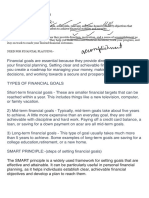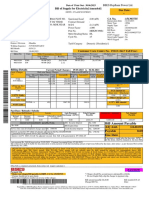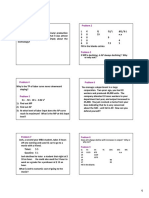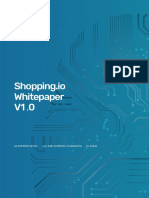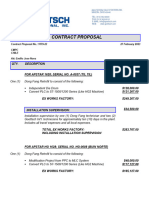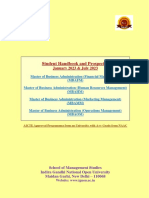0% found this document useful (0 votes)
16 views5 pagesPersonal Financial Management Plan
The document outlines a personal financial management plan, emphasizing the importance of budgeting to achieve financial stability and independence. It details the author's income sources, monthly expenses, and a savings and investment strategy aimed at both short-term and long-term financial goals. The author also reflects on their financial management journey, highlighting the need for discipline and flexibility in achieving financial security.
Uploaded by
Sophia Nicole CagadasCopyright
© © All Rights Reserved
We take content rights seriously. If you suspect this is your content, claim it here.
Available Formats
Download as DOCX, PDF, TXT or read online on Scribd
0% found this document useful (0 votes)
16 views5 pagesPersonal Financial Management Plan
The document outlines a personal financial management plan, emphasizing the importance of budgeting to achieve financial stability and independence. It details the author's income sources, monthly expenses, and a savings and investment strategy aimed at both short-term and long-term financial goals. The author also reflects on their financial management journey, highlighting the need for discipline and flexibility in achieving financial security.
Uploaded by
Sophia Nicole CagadasCopyright
© © All Rights Reserved
We take content rights seriously. If you suspect this is your content, claim it here.
Available Formats
Download as DOCX, PDF, TXT or read online on Scribd
/ 5








